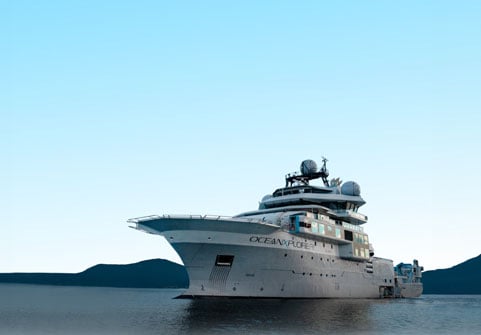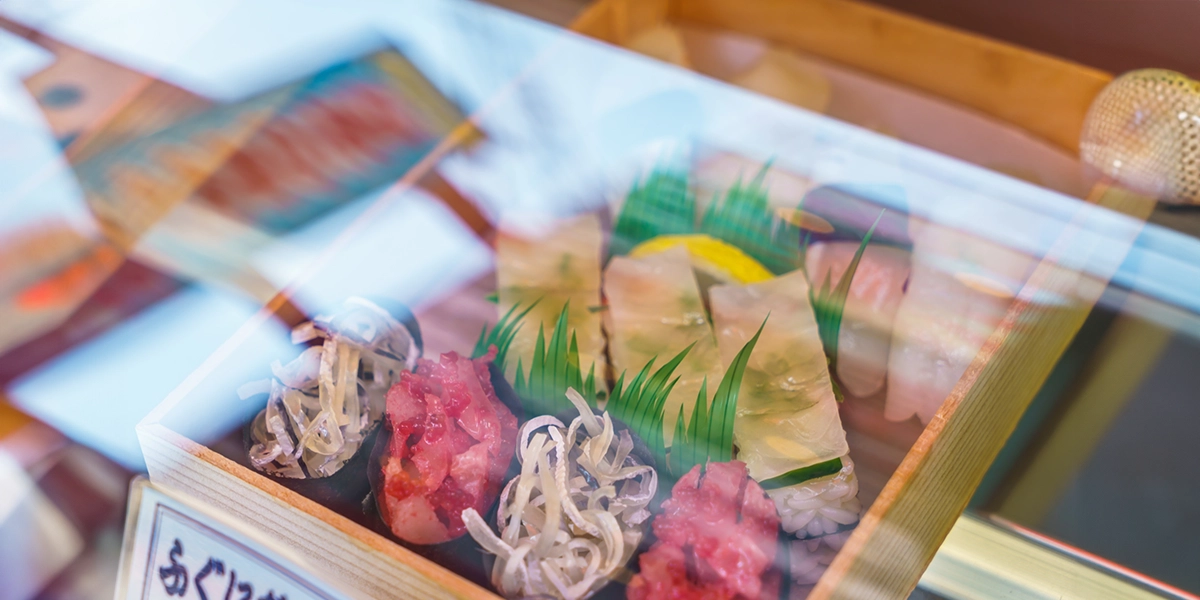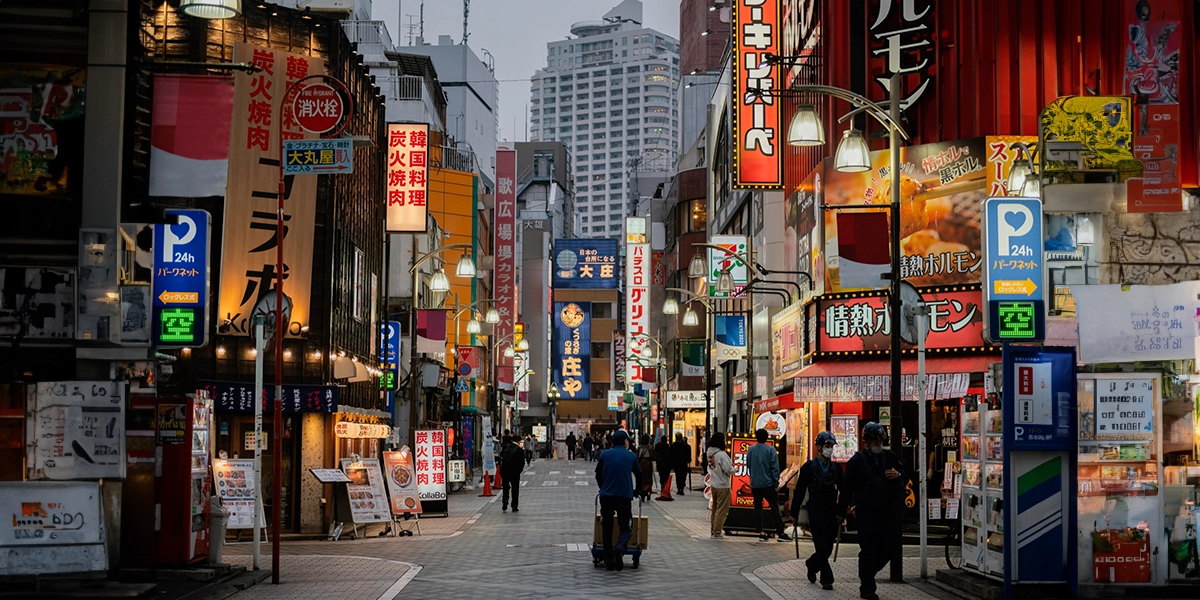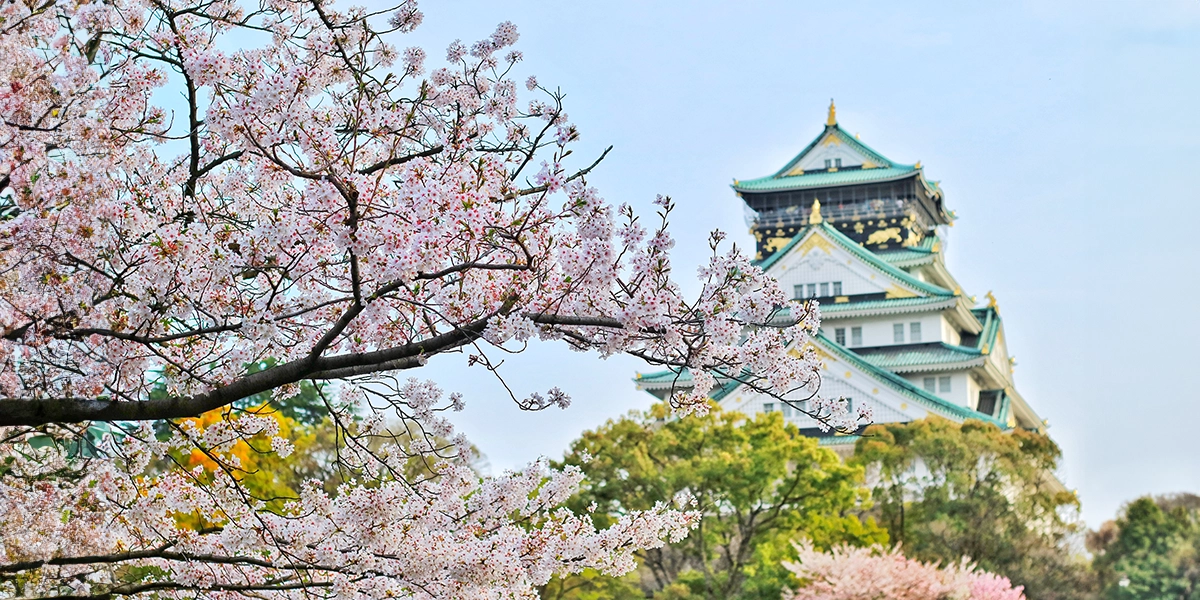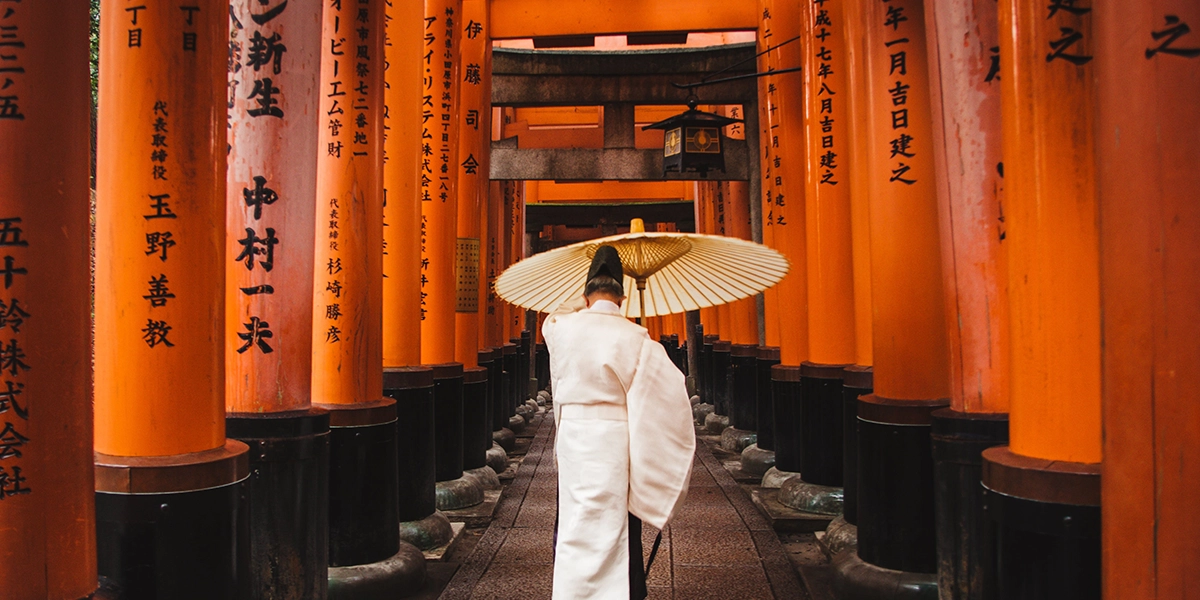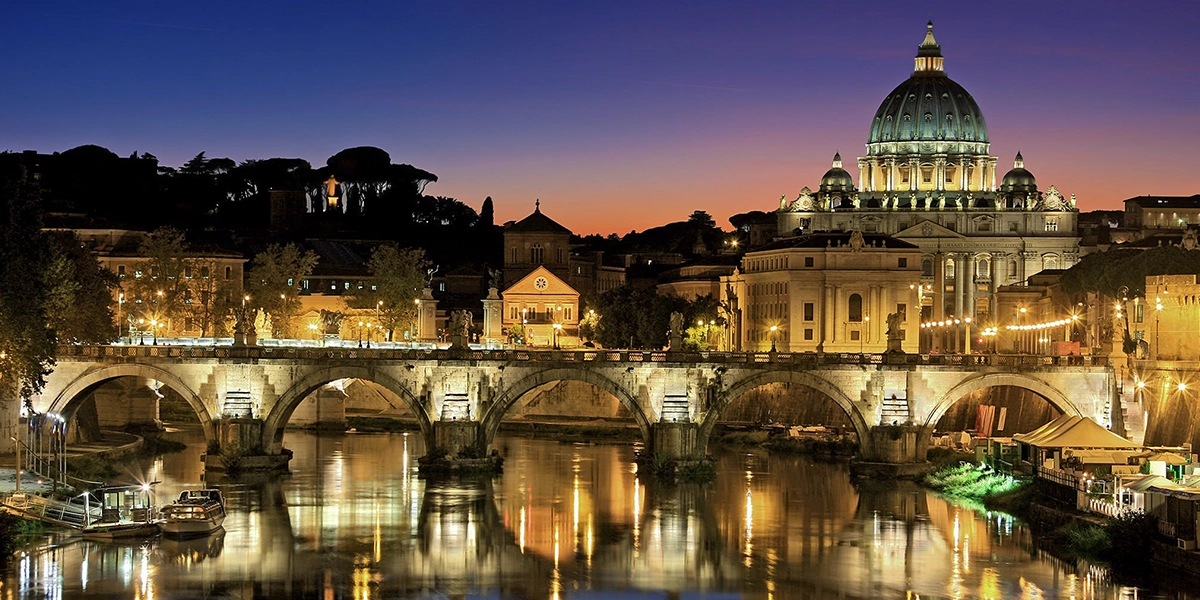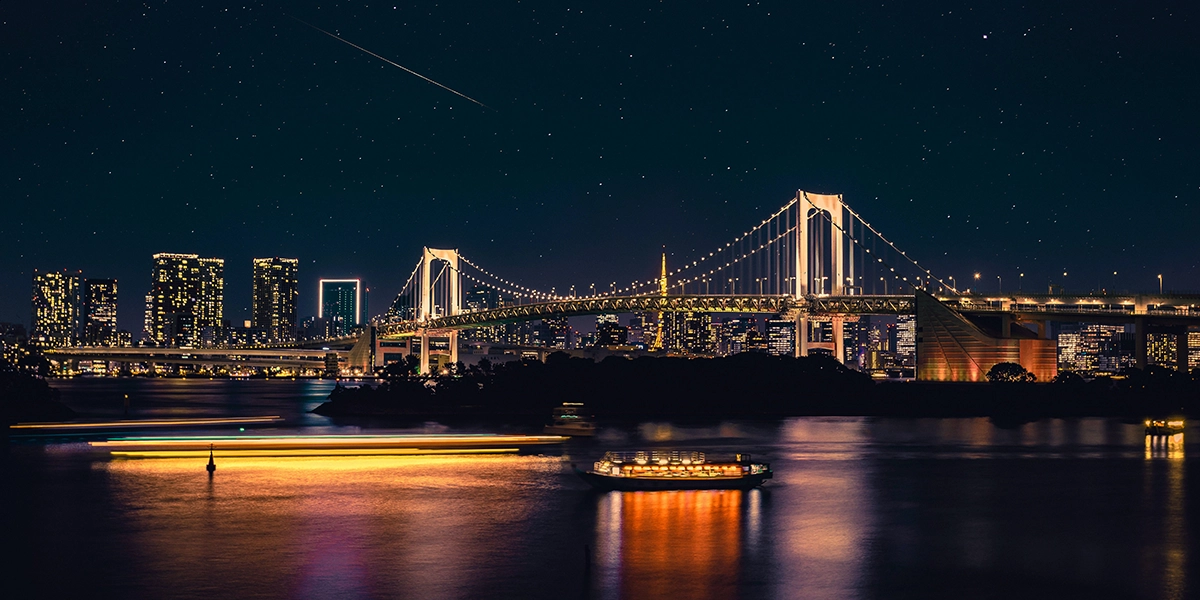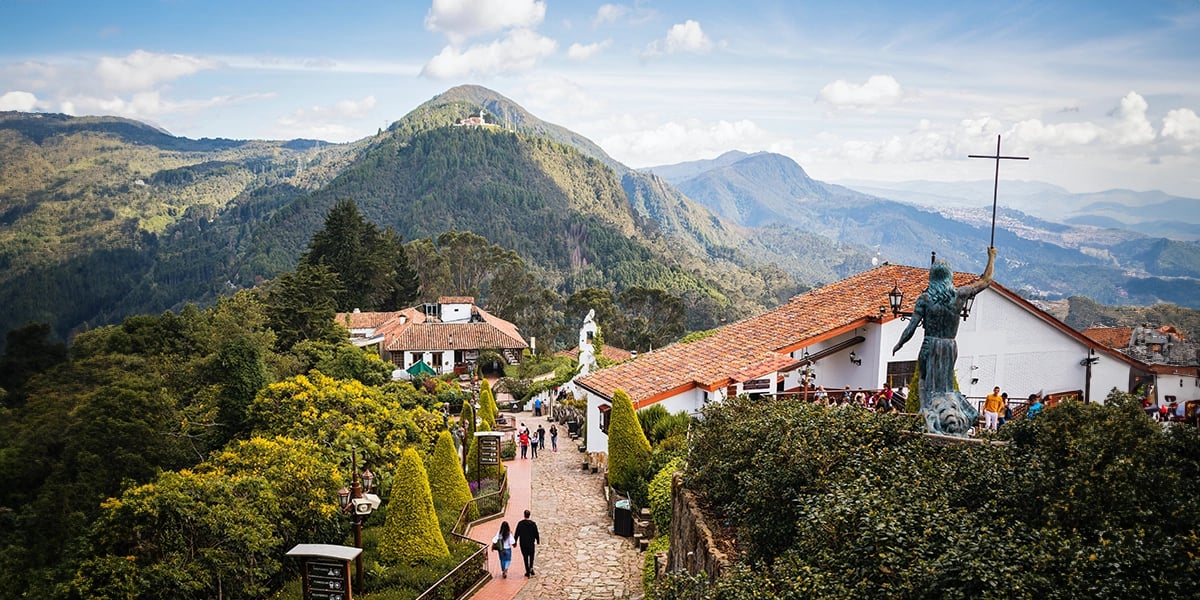
Colombia is one of the top countries in the Americas. Without a doubt, it is one of the Latin American countries with the most flavor in its culture, from music to delicious coffee. But that's not all; its landscapes full of history make this place one of the most chosen when traveling through Latin America.
If you are considering a student travel program, there are some facts that you should know before embarking on this wonderful adventure. A school trip to Colombia can be a very enriching experience. Delving into some important facts about Colombia will allow you to understand the destination, its history, and its customs, and thus make the trip a unique learning experience.
Curiosities about Colombia: What should you know before traveling?
1. It is the country with the greatest biodiversity on the planet
Colombia is the country with the greatest biodiversity in the world. This is because part of the Amazon rainforest, the Andes mountain range, and the Sierra Nevada de Santa Marta are in Colombia. Additionally, the country's coastline spans the Pacific Ocean and the Caribbean Sea, making Colombian territory fertile for various types of plants and animals. It is estimated that there are around 60,000 different species.
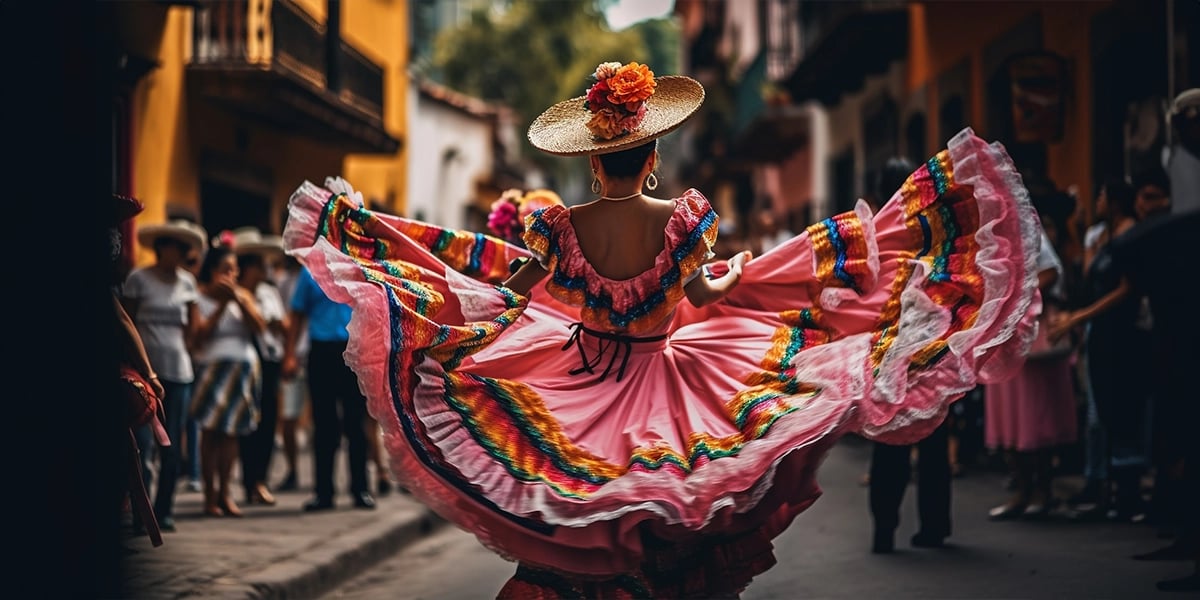
2. It has two of the world's largest festivals
Colombia hosts the world's largest salsa festival, also known as the Feria de Cali. The festival takes place from December 25 to 30 each year and includes grand performances of music, dance, and art. There are various types of music, but the most popular is, of course, the incredible Latin music.
Colombia also has the world's largest flower festival in the city of Medellin. The event features flower exhibitions and a parade of local flower growers coming together to showcase their cultivation.
3. It is the rainiest country in the world
Colombia records an average of 3,240 millimeters of rainfall per year, according to data from the Food and Agriculture Organization (FAO) of the United Nations. The country is located in an intertropical convergence zone, consisting of a wide belt of low pressure within which large masses of warm and humid air converge. Most of the rains occur in the Pacific region, with the municipality of Lloró in Chocó being the rainiest place on earth, with an average annual rainfall of 13,300 millimeters.
4. Bogotá is one of the highest capitals
The country's capital is located at 2,640 meters above sea level, making it the third-highest capital in the world, after Quito (Ecuador), at 2,850 meters, and Sucre (Bolivia), at 2,750 meters. However, there are municipalities within the national territory that are at higher altitudes, such as Vetas in Santander, and Guachucal and Túquerres in Nariño, which are located at altitudes exceeding 3,100 meters above sea level.
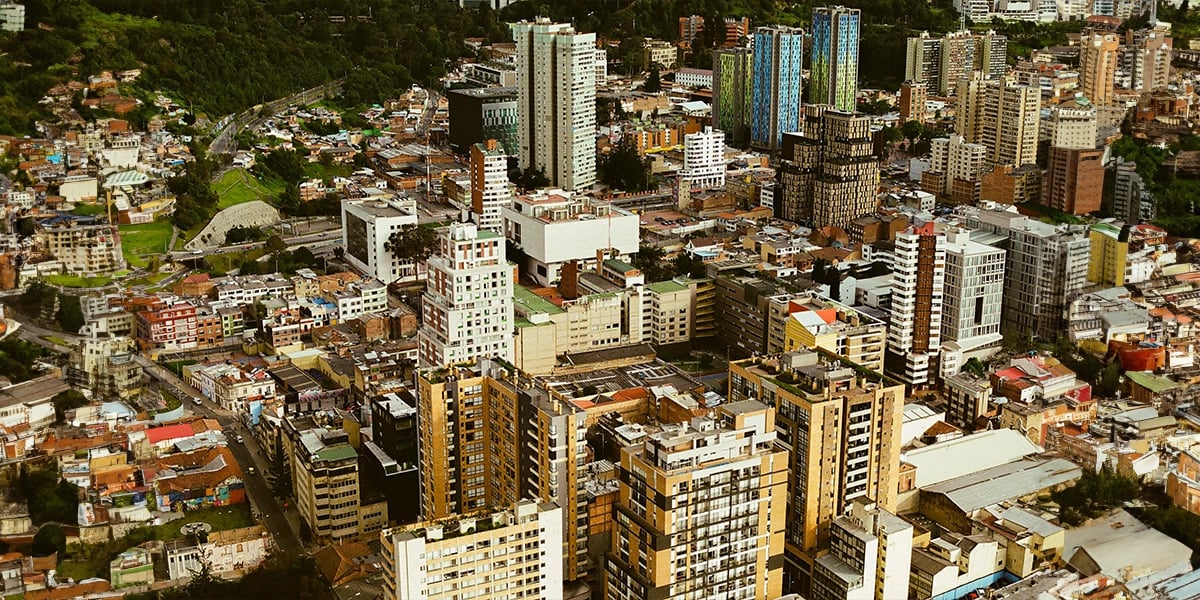
5. Tejo is a Colombian indigenous sport
Tejo, also known as turmequé, is the only indigenous Colombian sport, recognized as the national sport by Law 613 of September 2000. It has been played for more than 500 years by the Muisca people, who inhabited the Cundinamarca and Boyacá departments. Initially known as Turmequé, it was associated with the homonymous municipality in Boyacá where it was first practiced. Tejo was also part of ceremonial events and other celebrations such as births and indigenous offerings.
6. Christmas is the most anticipated time of the year
From December 1, all homes, offices, parks, shopping centers, and even local airports decorate for Christmas, set up nativity scenes, and begin the celebration.
From the 16th, the novenas begin, a tradition that recalls the nine days of Mary and Joseph's journey before the birth of Jesus. Throughout the month, people consume natilla and buñuelos, sing carols with tambourines and maracas, have family reunions, and, of course, celebrate with family and friends.
Another peculiar aspect of Colombia is that gifts are brought by the Baby Jesus, not Santa Claus. Children eagerly await him at midnight on December 24. In addition, cities light up with impressive Christmas lights with different motifs, even competing for prizes, becoming a highly acclaimed tourist attraction.
Colombian Traditions: What are the most important ones?
7. Barranquilla Carnival
It is the second-largest carnival in the world and the most important in Colombia. It was declared a Masterpiece of the Oral and Intangible Heritage of Humanity. Everything starts with a pre-carnival, where the edict is read, the queen is crowned, the gay carnival, the children's carnival, and the guacherna take place. Once this stage is completed, the carnival begins with the battle of flowers, the grand parade, and the orchestra festival, and concludes with the burial of Joselito.
This event transcended the city's borders and became a widely recognized celebration worldwide. It is celebrated on Saturday, Sunday, Monday, and Tuesday before Ash Wednesday. Each day has a special parade that maintains the same name and emphasis each year. The parades are a true demonstration of heritage, history, culture, and music, representing the country's patrimony.
8. Blacks and Whites Carnival
This celebration takes place from December 28 to January 6 in southern Colombia. It is a tradition of Andean and pre-Hispanic native customs. The first day of the festivities is the Carnival of Water, during which streets and houses are sprayed to create a playful atmosphere. On December 31, the Old Year's Eve Parade takes place, during which processions traverse the streets with satirical dolls representing current personalities and events.
The last two days of the carnival are the most important because all participants paint themselves black on the first day and white on the second to symbolize equality and unite all citizens in a common celebration of ethnic and cultural diversity.
9. Popayán Holy Week Processions
The processions of Popayán are part of the most important religious customs in Colombia. They are celebrated during Holy Week to recreate important moments about the death of Christ. For international tourism, it is one of the most attractive events. They have been celebrated since colonial times and are one of the oldest traditional commemorations throughout Colombia.
From Tuesday to the Saturday before Easter Sunday, five processions dedicated to the Virgin Mary, Jesus Christ, the Holy Cross, the Holy Burial, and the Resurrection take place, covering a route of about two kilometers through the city center.
10. Cali Fair
The Cali Fair is the most important event in that city and is a symbol of cultural identity. Every year, between December 25 and 30, the passion for life, salsa, and joy is celebrated. It began in December 1957 and is a space for meeting and integration of people from different backgrounds, interests, educational levels, socio-economic strata, races, and creeds. At the Cali Fair, history is experienced, the flavors of gastronomy, and the love for traditions.
Studying in Colombia can be an unprecedented experience for those who believe exploring the world is an important part of personal growth. Especially if you choose such a passionate and tradition-loving country for this adventure.
